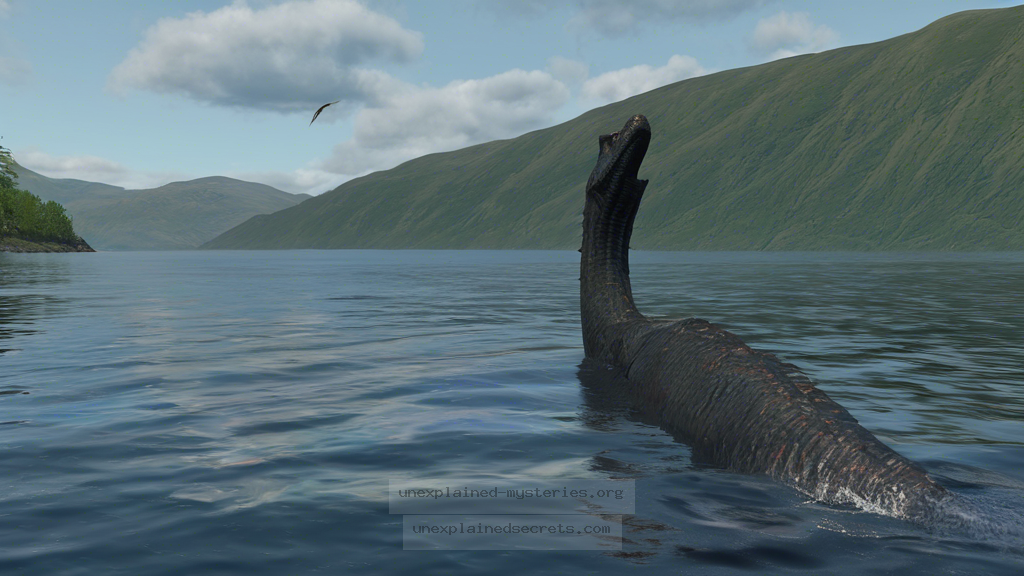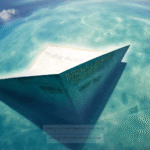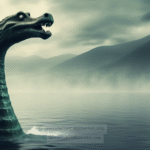What is the Significance of the 2019 Sonar Detections in the Search for the Loch Ness Monster?
What is the Significance of the 2019 Sonar Detections in the Search for the Loch Ness Monster?
The Loch Ness Monster, often affectionately dubbed “Nessie,” has captivated imaginations for centuries, sparking countless theories, expeditions, and debates regarding its existence. One of the most intriguing developments in this long-standing mystery occurred in 2019, when sonar technology provided new data that reignited interest in this elusive creature. This post delves into the significance of these sonar detections, examining their implications for cryptozoology, the historical context of Loch Ness sightings, and the ongoing quest to uncover the truth behind the phenomenon.
Historical Context of Loch Ness Sightings
The legend of the Loch Ness Monster dates back to ancient times, with reports of a mysterious creature inhabiting Loch Ness in the Scottish Highlands appearing as early as the 6th century. The most famous modern sighting occurred in 1934, when a photograph known as the “Surgeon’s Photo” purportedly captured Nessie in action. Although later revealed to be a hoax, this image solidified Nessie’s status as a cultural icon and led to a surge in both tourism and interest in cryptozoology.
Over the decades, numerous sightings have been reported, with witnesses describing various forms, from large, serpent-like creatures to more whale-like appearances. Despite these accounts, scientific investigations have often dismissed the existence of a creature like Nessie, attributing sightings to misidentified animals, floating debris, or even optical illusions. However, the allure of the Loch Ness Monster remains strong, as seen in the 2019 sonar findings that presented new evidence to reconsider the possibilities.
Overview of the 2019 Sonar Findings
In June 2019, a team of researchers from the Loch Ness Exploration (LNE) project undertook a sonar mapping expedition in an effort to uncover the truth behind the Loch Ness Monster myth. Utilizing advanced sonar technology, they scanned the depths of Loch Ness, which is known for its murky waters and challenging visibility conditions. During their expedition, the team recorded several sonar contacts that were particularly compelling, identifying large, unexplained objects lurking beneath the surface.
The sonar data suggested the presence of a large, moving object approximately 30 meters long lurking in the depths of the loch. This revelation not only generated excitement among cryptozoologists and enthusiasts but also called for a deeper investigation into the nature of the findings. The sonar results were unique, as they challenged the long-standing belief that nothing substantial could exist in Loch Ness.
Core Concepts and Theories Behind the Sonar Detections
The sonar detections from 2019 have led to various theories regarding what could be causing these mysterious signals. Here are a few of the most prominent theories:
- Large Fish Species: One of the most straightforward explanations is that the sonar signals could be attributed to large fish species native to Loch Ness, such as the pike, which can grow to impressive sizes.
- Unidentified Marine Life: Some researchers speculate that the sonar contacts may indicate the presence of an undiscovered species of aquatic creature, potentially a remnant from prehistoric times.
- Submerged Debris: Given the loch’s history and its location, submerged debris or geological formations could also be responsible for the sonar signals.
- Hoaxes and Misinterpretations: Skeptics argue that sonar readings can be easily misinterpreted, raising the possibility of false positives.
Practical Implications of the 2019 Findings
The sonar findings from 2019 have significant implications for both cryptozoology and environmental science. In cryptozoology, the data reignites interest in the Loch Ness Monster as a viable subject for serious investigation. Researchers and enthusiasts can use this information to support further studies and expeditions, aiming to uncover what lies beneath the surface of Loch Ness.
From an environmental science perspective, the sonar findings may prompt further research into the biodiversity of Loch Ness. Understanding the ecological makeup of the loch can provide insights into its health and the species residing within it. The existence of large, unidentified objects could also raise questions about the impacts of climate change and human activity on local ecosystems.
Alternative Perspectives on the Loch Ness Monster
While many people are fascinated by the possibility of a creature like the Loch Ness Monster, there are alternative perspectives to consider. Skeptics argue that the legend is primarily a cultural phenomenon, fueled by folklore, tourism, and the human tendency to seek out explanations for the unexplained.
Psychological factors also play a role in the allure of Nessie, as the phenomenon can be attributed to pareidolia, where humans perceive familiar shapes in random objects. This can lead to misidentifications of common wildlife, such as otters or logs, as the creature itself.
Common Misconceptions and Clarifications
There are several misconceptions surrounding the Loch Ness Monster that hinder objective analysis of the phenomenon. Here are a few common ones:
- All Sightings are Hoaxes: While some sightings have been proven to be hoaxes, many are genuine accounts from credible witnesses.
- Sonar Technology is Infallible: Sonar technology, while advanced, can produce misleading results that require careful interpretation.
- Nessie Must Be a Dinosaur: The idea that the Loch Ness Monster must be a surviving dinosaur is a simplification; many alternative explanations exist.
Best Practices for Investigation and Study
For those interested in investigating the Loch Ness Monster or similar cryptids, there are several best practices to follow:
- Use Advanced Technology: Employ sonar, underwater drones, and remote sensing technologies to gather data.
- Document Everything: Maintain thorough records of sightings, including dates, locations, and witness accounts.
- Collaborate with Experts: Work with marine biologists and ecologists to analyze findings and better understand the local biodiversity.
- Engage with the Community: Foster relationships with local residents and tourism operators to gather anecdotal evidence and promote research.
Future Developments and Ongoing Research
The future of Loch Ness research is promising, with advancements in technology allowing for more detailed exploration of the loch. Initiatives like the 2019 sonar expedition are likely to inspire further studies, with researchers keen to uncover the truth behind the sonar detections.
Moreover, interest in the Loch Ness Monster continues to thrive, with new documentaries, books, and online forums dedicated to the subject. Ongoing discussions within the scientific community about the implications of the 2019 findings indicate that the mystery may not be solved anytime soon.
Conclusion
The 2019 sonar detections in Loch Ness have added a new layer of intrigue to the enduring mystery of the Loch Ness Monster. By examining the historical context, exploring various theories, and considering alternative perspectives, we can gain a deeper understanding of this fascinating phenomenon. While the existence of Nessie remains unproven, the sonar findings have revitalized interest and sparked discussions that may lead to further discoveries. Ultimately, whether one believes in the Loch Ness Monster or not, the journey of exploration and inquiry into the unknown is what truly captivates the imagination.
Other Articles
Recent Posts
- What Happened to Flight MH370? The Conspiracy Theories That Still Haunt Us
- What Secrets Lurk Within the Walls of the Infamous Trans-Allegheny Lunatic Asylum?
- What Evidence Supports the Existence of Bigfoot in the Pacific Northwest?
- What Happened to the Indus Valley Civilization? Unraveling the Mysteries of Ancient Urban Life
- Can Telepathy Be Scientifically Proven Through Laboratory Evidence?







